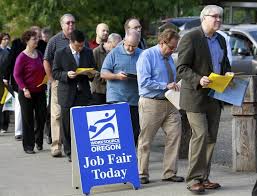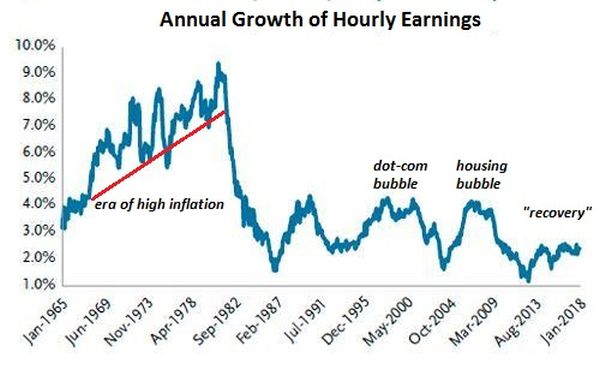 Dave Kranzler of Golden Returns Capital declares the April payroll jobs report that was released on May 3 by the Bureau of Labor Statistics to be “fictitious.”
Dave Kranzler of Golden Returns Capital declares the April payroll jobs report that was released on May 3 by the Bureau of Labor Statistics to be “fictitious.”
Statistician John Williams (shadowstats.com) says both the jobs report and unemployment rate are “nonsense.”
I agree with both. But don’t expect the financial press to report the facts.
Let’s take a walk through the BLS report and you can arrive at your own conclusion.
The BLS report says that the private sector created 185,000 service jobs in April. Even if this report were true, it would have negligible effect on the unemployment rate as about 127,000 new jobs are needed each month just to stay even with population growth and current unemployment rate.http://www.economicpopulist.org/content/how-many-jobs-are-needed-keep-population-growth
But is the BLS report true?
We can answer that question by examining the areas where the jobs reportedly materialized: 29,300 in retail trade with general merchandise stores accounting for about half of that number, 73,000 in professional and business services with temporary help services accounting for 42 percent of that number, 26,100 in health care and social assistance with ambulatory health care services accounting for 52 percent of that number, 45,100 in accommodation and food services with waitresses and bartenders accounting for 84 percent of the jobs, and 8,600 jobs created for bill collectors.
That’s it. The federal government lost 8,000 jobs, the postal service lost 4,900 jobs, state government lost 1,000 jobs and local government lost 2,000 jobs.
There were zero jobs created in manufacturing.
Considering the credit-restrained and hard pressed consumer, the jobs figure for bill collectors is likely correct. But why would there be 29,000 new jobs in retail trade when real retail sales are falling? Why would there be new professional service jobs when large consulting companies such as IBM are reducing the hours of their contract employees? How can 38,000 waitress and bartenders be hired in one month when consumers have so little discretionary income?
Continue reading →
 Charles Hugh Smith – Conventional economists/media pundits typically view the labor market as monolithic, i.e. as one unified market. The reality is the labor market is highly fragmented. Thus it’s little wonder that conventional measures are giving mixed signals on employment, wage inflation, etc.
Charles Hugh Smith – Conventional economists/media pundits typically view the labor market as monolithic, i.e. as one unified market. The reality is the labor market is highly fragmented. Thus it’s little wonder that conventional measures are giving mixed signals on employment, wage inflation, etc.

 According to the official economic fairy tale, the US economy has been in recovery since June 2009.
According to the official economic fairy tale, the US economy has been in recovery since June 2009.